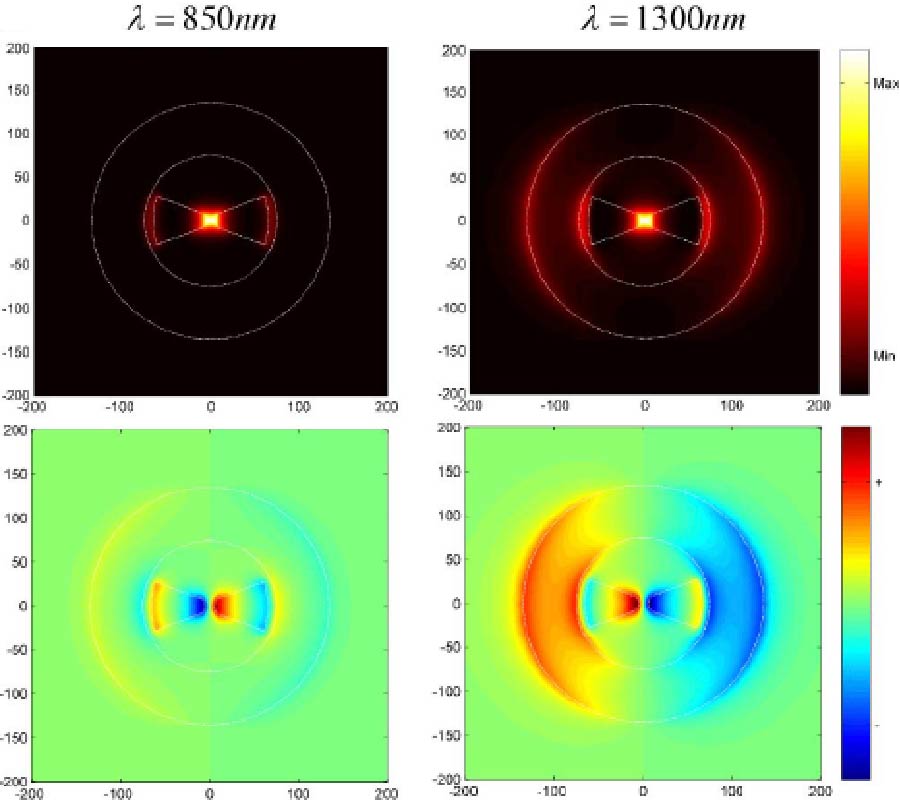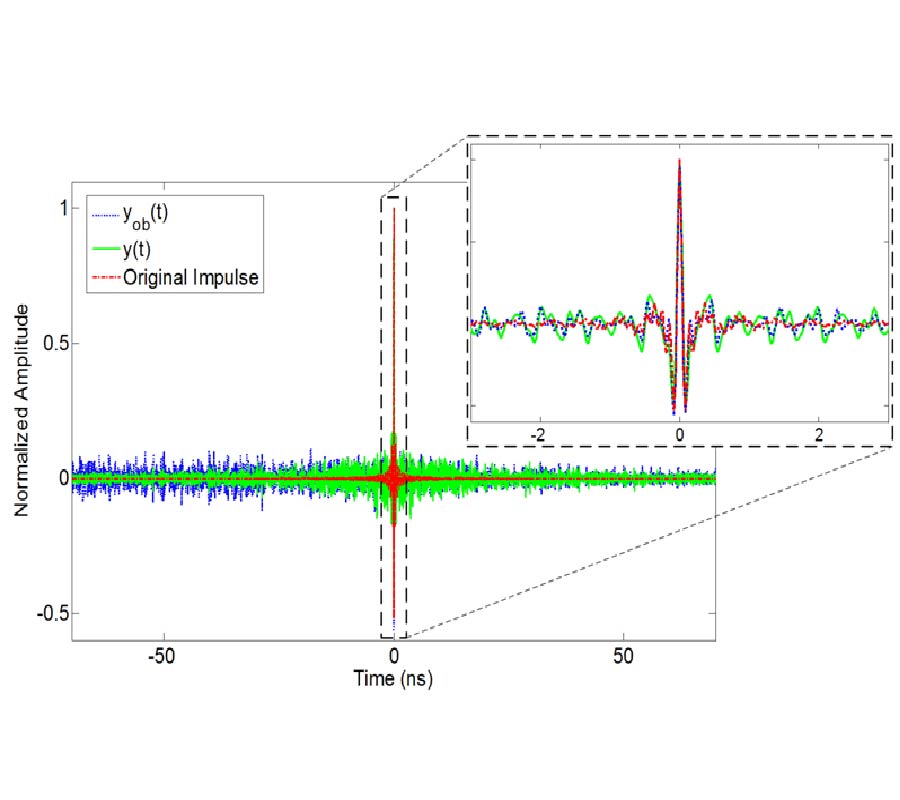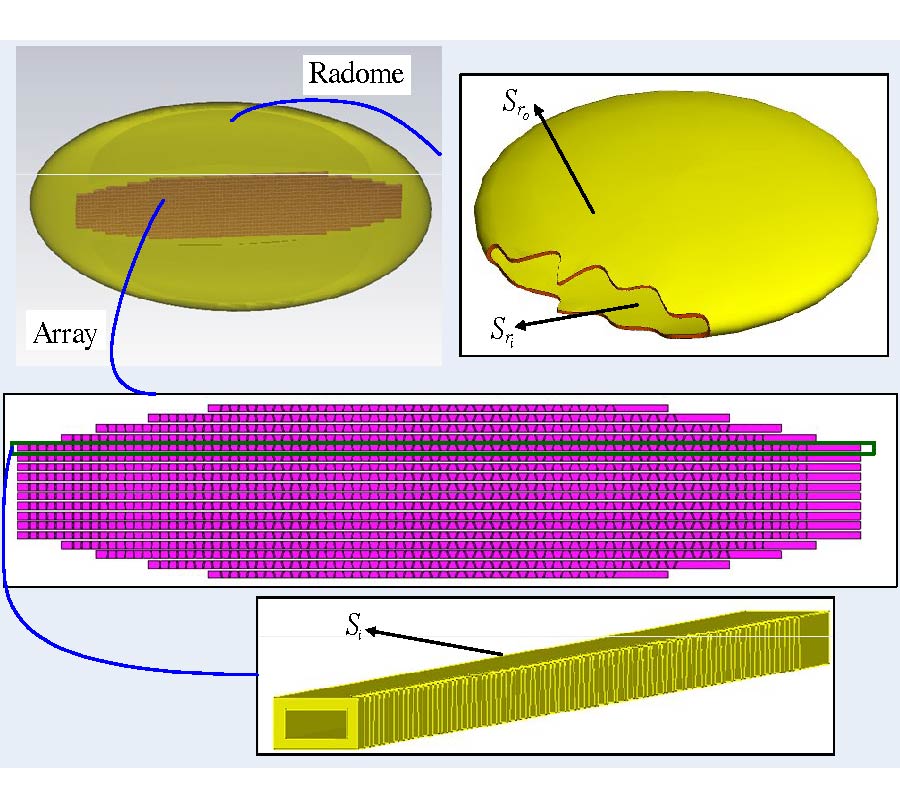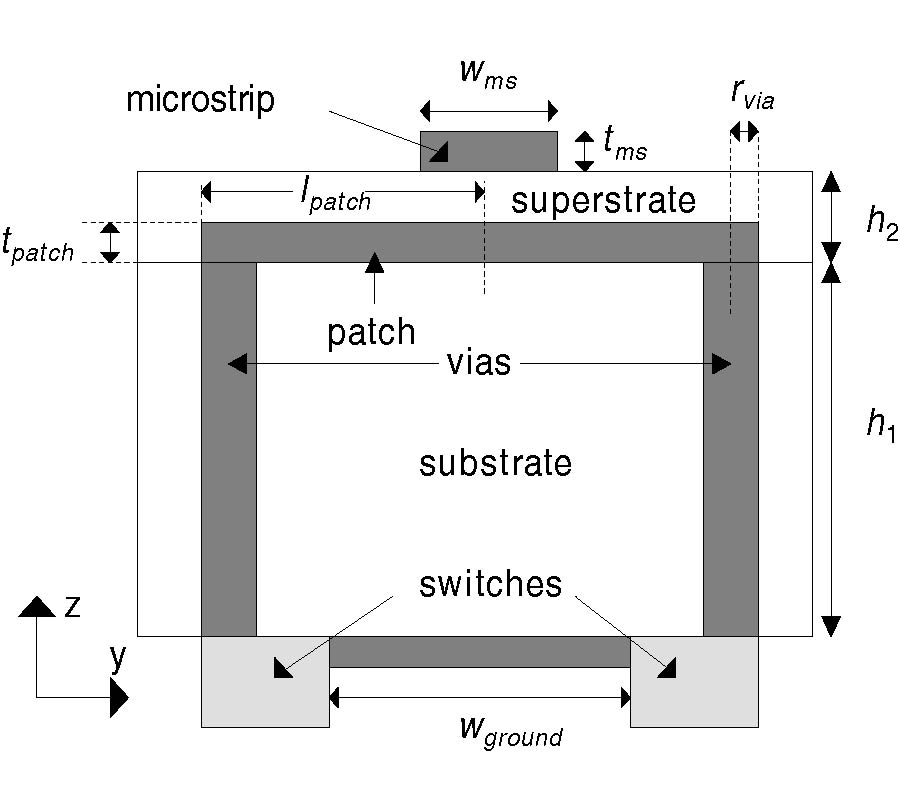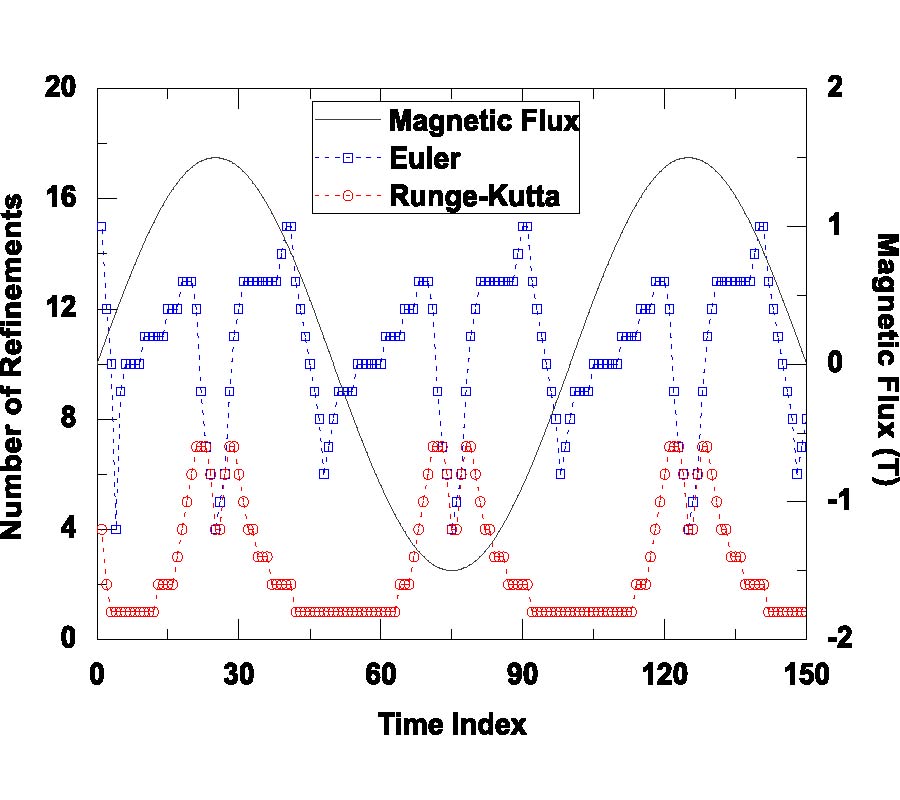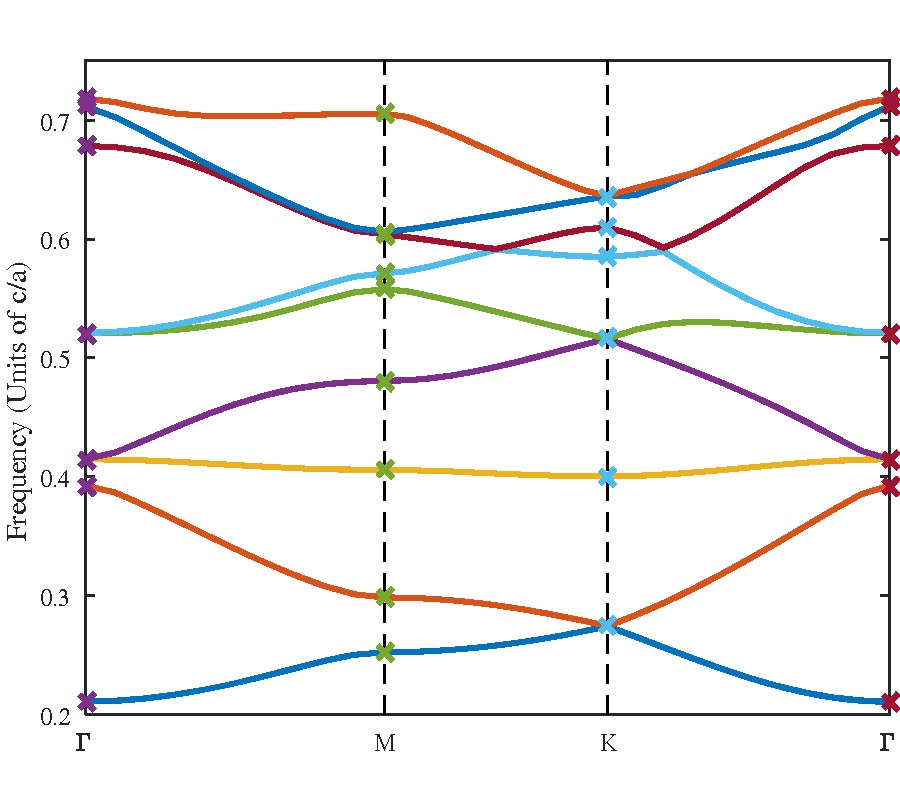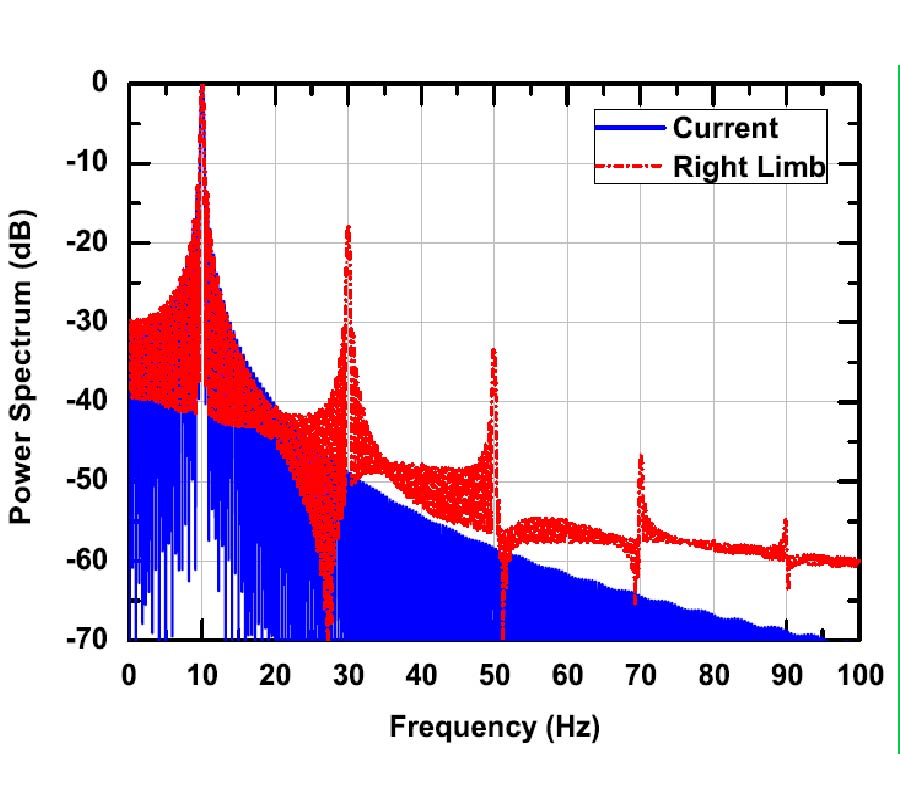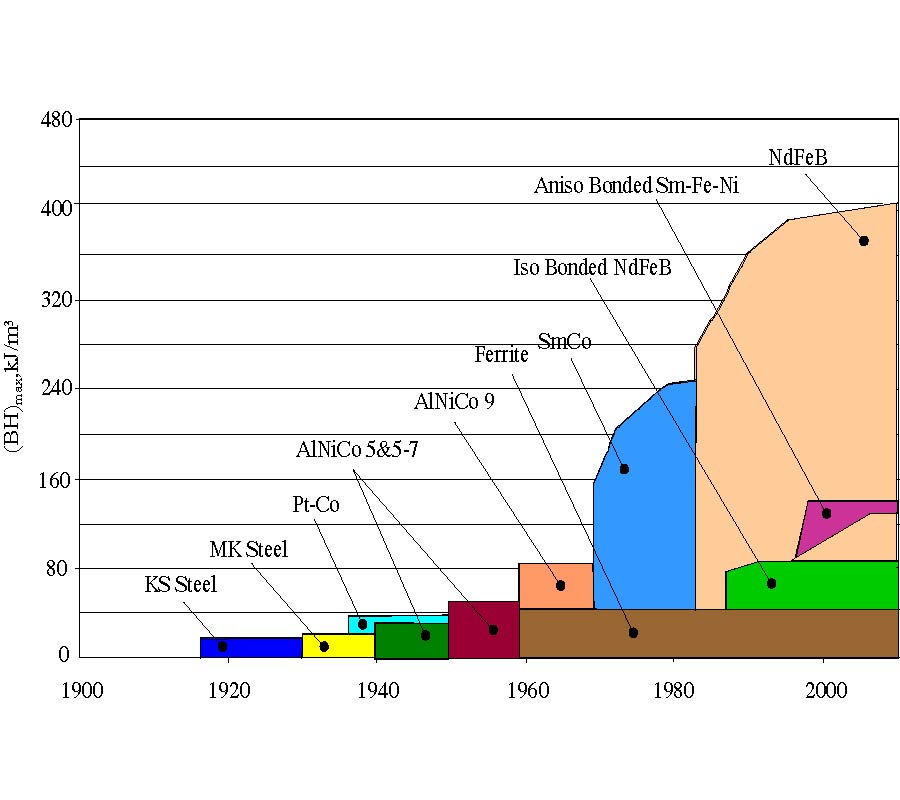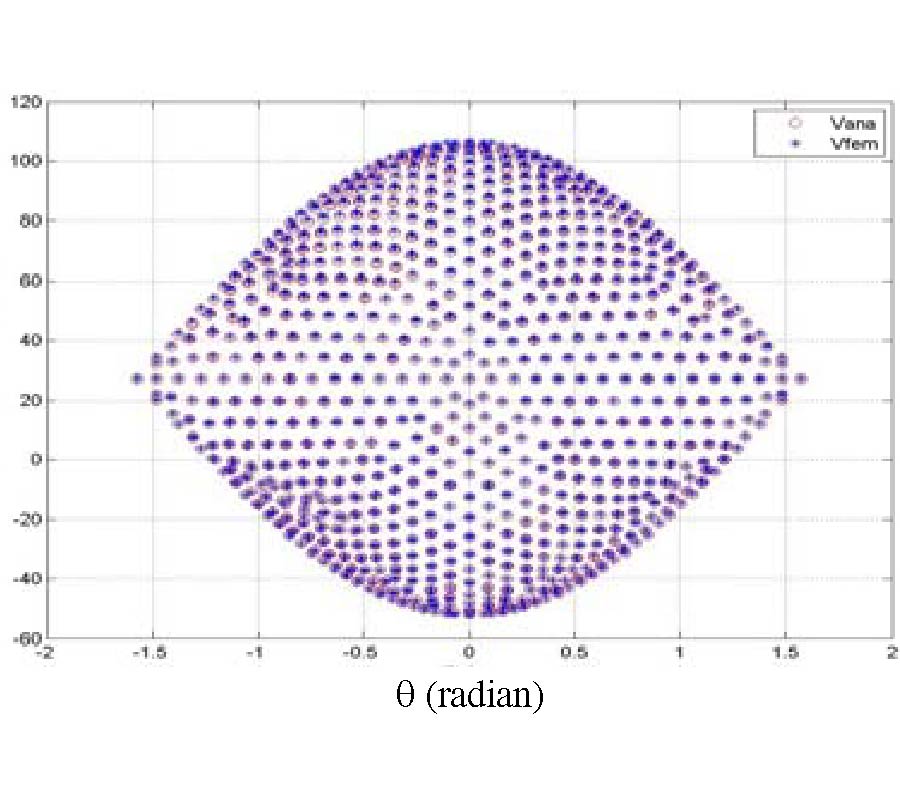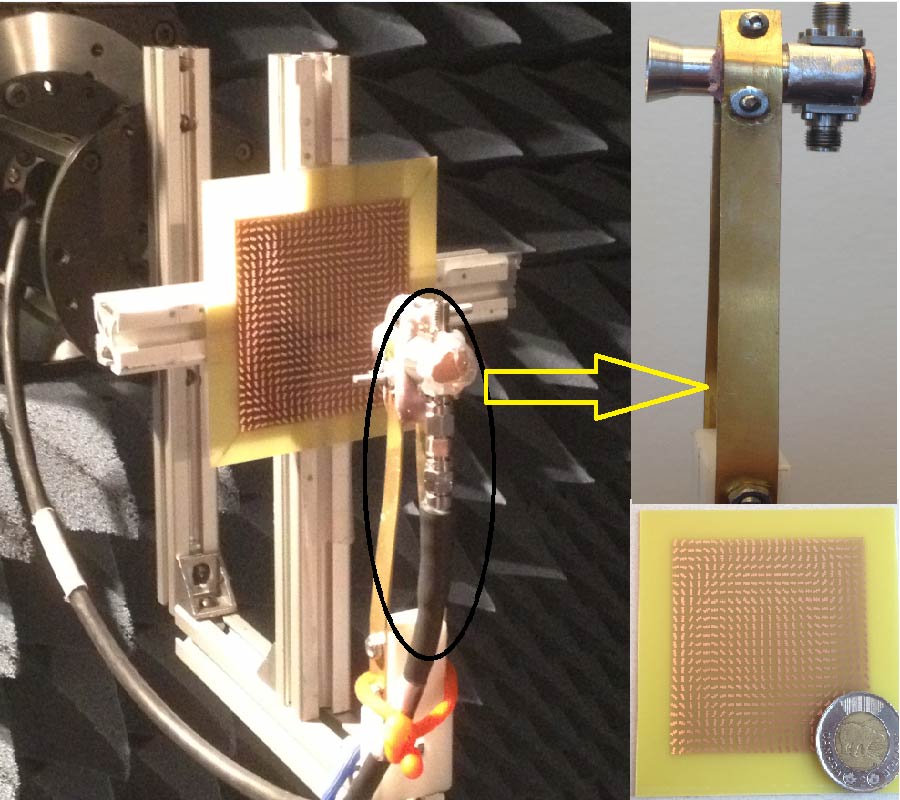Ka-Band Circularly Polarized High Efficiency Wide Band Reflectarray Using Cross Bow-Tie Elements
Muhammad M. Tahseen and
Ahmed A. Kishk
A Circularly Polarized (CP) high efficiency wide band Reflectarray (RA) antenna is designed for Ka-band using cross bow-tie elements. The reflected wave phase curve is obtained by anti-clockwise bowtie rotation. The linear phase curve with complete 360° degree is obtained when left-hand circularly polarized (LHCP) is incident normally in unit cell environment. The proposed method provides high gain, high aperture efficiency, wideband axial ratio (AR), in circularly polarized bow-tie RA using multiple copies of unit cell to form 25*25 antenna array. Before designing RA, the unitcell is analyzed, for oblique incidence to predict its bandwidth. The proposed antenna provided good performance in terms of Half Power Beam width HPBW, Side Love Level (SLL), cross polarization, gain bandwidth and AR bandwidth. A 25*25 bow-tie RA antenna provides the highest aperture efficiency of 57%, HPBW of 9.0 degrees, SLL -19 dB, cross polarization -27 dB. A 1-dB gain bandwidth of 32.5%, 3-dB gain bandwidth of 51.4% and 1.5-dB AR bandwidth of 32.9% while 3-dB AR bandwidth of 48.7% is achieved in simulation. These results are validated through fabricated cross bow-tie RA, and the measurements make good agreement with simulation results.
